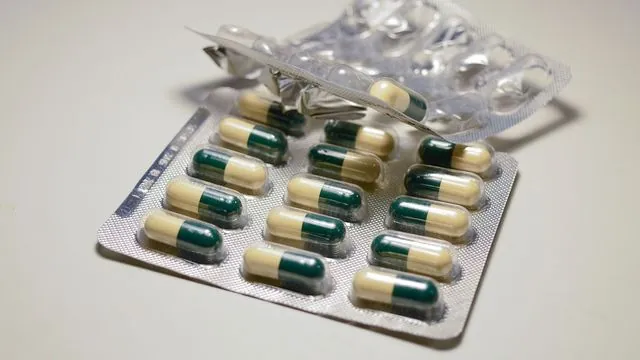
Shocking Discovery: Nanoplastics Could Make Antibiotics Less Effective!
2024-11-18
Author: Jacob
Introduction
Recent research from Umeå University has unveiled a distressing truth: tiny plastic particles, known as nanoplastics, not only harm the environment but may also jeopardize our health by impairing antibiotic treatments. In an age where antibiotic resistance poses an ever-growing threat, this revelation could be a game changer.
The Findings
The study highlights that minuscule particles, measuring less than a thousandth of a millimeter, can invade the human body, affecting vital biological functions. This is particularly concerning since the indoor air we breathe is often laden with nanoplastics from everyday items like nylon textiles and packaging materials.
Expert Opinion
Lukas Kenner, a prominent professor in Molecular Biology at Umeå University, emphasized the gravity of the situation. "The results are alarming considering how common nanoplastics are and because effective antibiotics for many can be the difference between life and death," he stated.
Implications for Antibiotic Treatment
Researchers discovered that when nanoplastics come in contact with tetracycline, a widely used broad-spectrum antibiotic, they tend to 'absorb' the drug. This absorption can lead to a dangerous scenario where the antibiotics hitch a ride with the nanoplastics as they travel through the bloodstream. This unintended transport can decrease the effectiveness of the antibiotic and foster the growth of antibiotic-resistant bacteria.
Air Quality Concerns
One startling finding from the study is that indoor air may contain five times more nanoplastics than outdoor air, primarily due to textile shedding. With common plastics like polyethylene, polypropylene, polystyrene, and nylon contributing to this pollution, our homes could be riskier than previously thought.
Collaborative Research Efforts
As part of their research, scientists from Umeå teamed up with experts from Germany and Hungary to delve deeper into the interaction between nanoplastics and antibiotics. Their advanced computer models revealed that nylon particularly had a strong bond with tetracycline, raising pressing concerns about the implications for human health.
The Warning
With antibiotic resistance already a dangerous global health crisis, Kenner warns that the binding of antibiotics to nanoplastics in the bloodstream could enable bacteria to mutate into resistant strains, exacerbating the situation further.
Conclusion
While the full scope of the health risks posed by nanoplastics is still being investigated, one thing is clear: this issue warrants serious attention. As we navigate through a world increasingly plagued by plastic pollution, the findings of this study should serve as a wake-up call for both researchers and public health officials. Stay tuned as researchers continue to explore the implications of these findings—our health could depend on it!









 Brasil (PT)
Brasil (PT)
 Canada (EN)
Canada (EN)
 Chile (ES)
Chile (ES)
 España (ES)
España (ES)
 France (FR)
France (FR)
 Hong Kong (EN)
Hong Kong (EN)
 Italia (IT)
Italia (IT)
 日本 (JA)
日本 (JA)
 Magyarország (HU)
Magyarország (HU)
 Norge (NO)
Norge (NO)
 Polska (PL)
Polska (PL)
 Schweiz (DE)
Schweiz (DE)
 Singapore (EN)
Singapore (EN)
 Sverige (SV)
Sverige (SV)
 Suomi (FI)
Suomi (FI)
 Türkiye (TR)
Türkiye (TR)